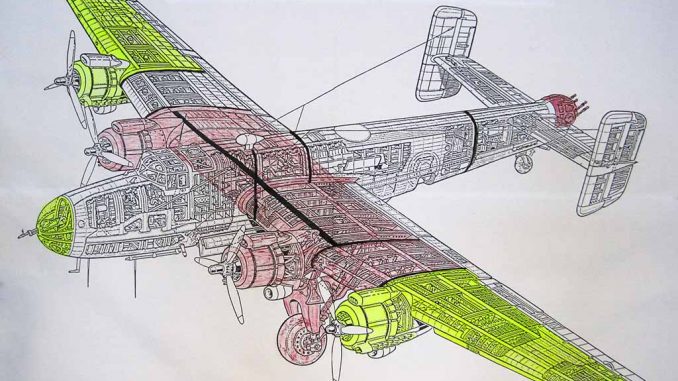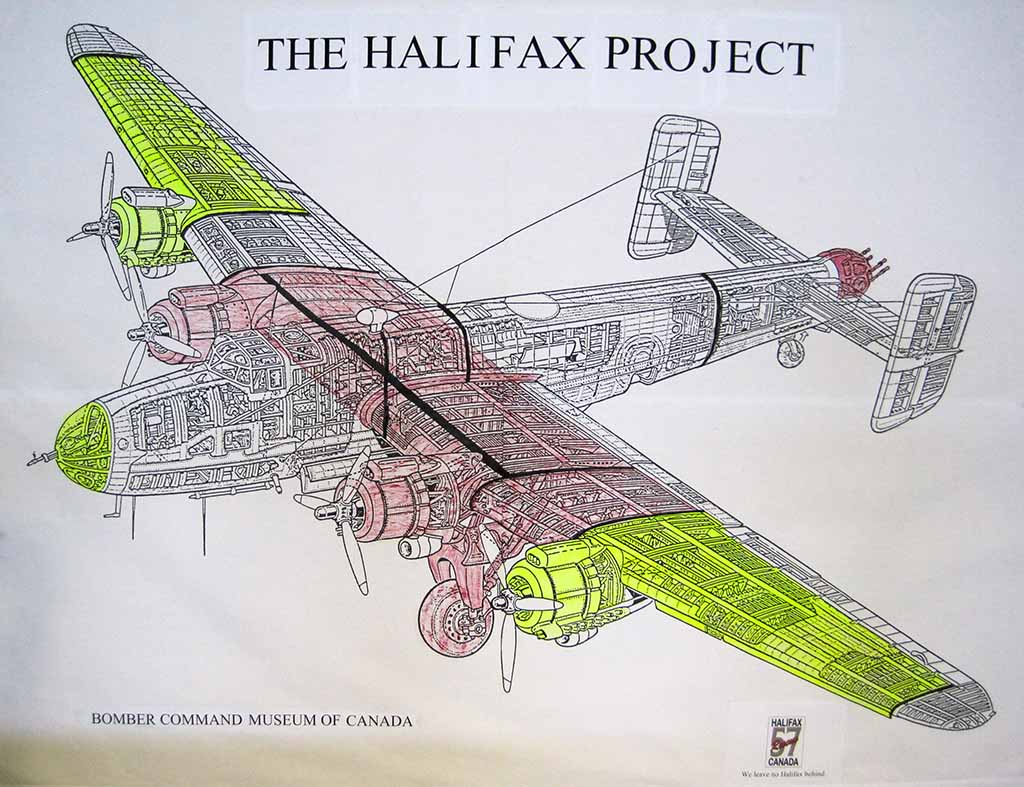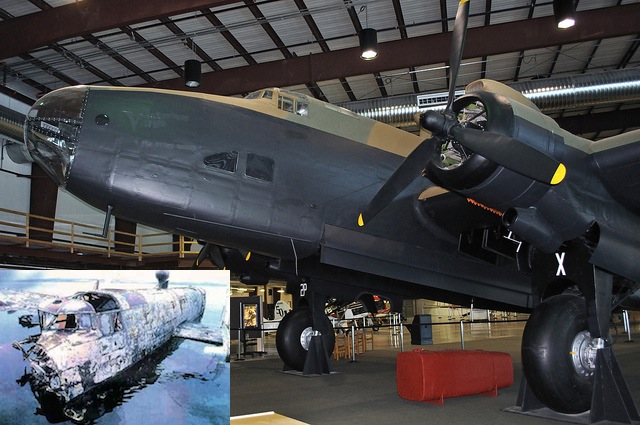

(Image Credit: Halifax 57 Rescue (Canada))
This exercise would seem well-nigh impossible, if of course Karl hadn’t already sucessfully done this before. In 1995 he directed the retrieval and restoraton of crashed Halifax Mk VII NA337, a plane that had spent about 50 years submerged under 750 feet of water in a Norwegian Fjord. That fully restored plane now resides at the National Air Force Museum of Canada in Trenton, Ontario.

(image credit: Halifax 57 Rescue (Canada))
The collection of parts being assembled are a parallel project to Karl’s main aim, locating, retrieving and restoring Halifax LW170 which is believed to be somewhere beneath the Irish sea where it was ditched after springing a fuel leak in August, 1945. At the time of this writing, Karl is negotiating with undersea imaging companies working on oil exploration projects in the area to piggy-back locating LW170 onto their existing workload in order to locate the craft on the project’s limited budget.
Back in Canada, the project’s engineering director, George Rosskopf is tackling recreating the main spar from the pieces retrieved from Malta, a project he is intimately familiar with as he was the man who restored the main spar of the plane now on display in Trenton. The plane’s modular, extruded aluminum construction poses challenges, but as already amply demonstrated, the 57 Rescue team is quite up to the task.


1 Trackback / Pingback
Graphic Design, Branding and Aviation Art